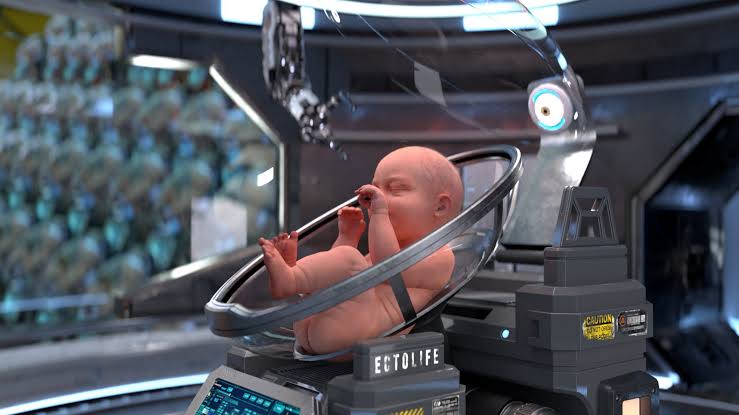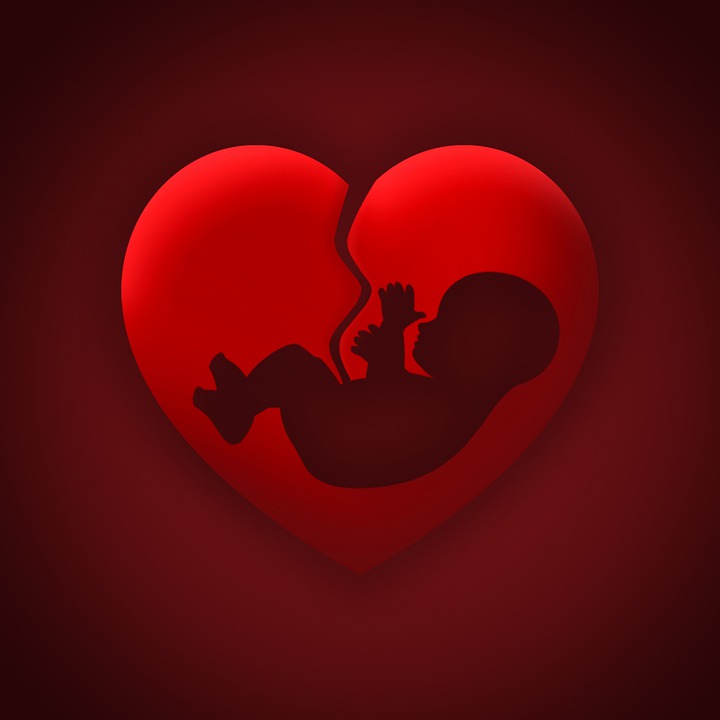Imagine a day in the future where infants are not born from women, but rather from replicas of uteri that can sustain a developing foetus for nine months.
Science fiction frequently explores the possibility of an external, Artificial womb eliminating pregnancy as we know it.
However, when the social ramifications of this idea are discussed, people may begin to wonder if this strange new world will one day become a reality.
Despite all the hoopla, it is not likely that medical technology will soon allow machines to take over the role of women during pregnancy.
The substantial technical issues that would arise in the development of an artificial uterus were recently outlined by Katherine Don in The Atlantic.
Actually, our understanding of the placenta is quite limited.
If we had more information about the organ we were attempting to duplicate, the concept of an artificial womb would appear less absurd.
The placenta is that organ, acting as a conduit for the exchange of nutrients and oxygen from the mother with carbon dioxide and other waste products from the fetus.
Advantages Of Artificial Womb
Mothers are more than just wombs.
The more we study about pregnancy, the more we realize how greatly a woman’s actions throughout pregnancy impact the fetus.
Don was informed by Janet DiPietro, associate dean for research at the Johns Hopkins Fetal-Development Project, that a mother’s sleep pattern, posture, voice, and diet all had an impact on the unborn.
She claimed that the maternal setting offers an environment that goes far further than the direct circulatory-system relationship.
In other words, being a pregnant mother involves more than just the physical exchange of nutrients and waste that takes place in the womb, even if we were to successfully remove the placenta.
Less Likelihood Of Birth Defects
The benefits are substantial. Nine months during which a woman might continue to work, take her prescribed medications, etc. A lower chance of congenital STDs. Less likelihood of birth defects like hypoxia damaging the brain permanently.
Disadvantages of Artificial Womb
Nobody is currently engaged in this project.

Dr. Helen Liu’s study, who is currently the director of the Reproductive Endocrinology Laboratory at Weill Cornell Medical College, is a major source of hope for a human artificial womb.
Liu has succeeded in getting uterine wall cells from the endometrium to develop on a scaffolding that resembles a uterus outside of the body. In 2001, she was successful in getting a human embryo to implant on this reconstructed uterine wall.
Lawful Restrictions
According to Don, the embryo survived for 10 days before Liu decided to stop the experiment. (Research on human embryos was prohibited by the US government after 14 days from fertilization.)
Liu kept working with mice, and in 2003 she succeeded in having one mouse have a full-term pregnancy in an external uterus, however the mouse was born malformed.
Don adds that at the time, Liu reasoned that partial internal gestation would be more effective than whole external gestation.
Attempting to implant mouse embryos that had begun developing in an external uterus into a mouse’s abdomen yielded better results than expected; the offspring were smaller than expected but weren’t malformed.
Halt During Inspection
Liu halted her investigation there, even though it seemed quite promising. She became disinterested in the experiment as a result of all the attention from medical ethicists, activists, and the media.
“I didn’t want to cope with all of the social ramifications that it turned out to have.”
What Made The Research So Crucial
Progress toward obtaining complete external gestation has been put on hold until further notice since Liu has diverted her attention elsewhere and there is no indication that other researchers have picked up where she left off.
Even Liu was moving away from a wholly exterior “pregnancy” and toward partial gestation inside of an animal when she stopped working on her idea.
People who anticipate an artificial womb also point to improvements in treating very preterm infants. When aggressively handled, infants delivered at only 22 weeks have occasionally survived without suffering from numerous health issues.
Conclusion
However, it would require a significant advance in medical technology to completely move gestation outside the human womb from conception to birth—especially since no one is even currently attempting to figure out how to do so.
Premature babies are currently effectively kept in artificial wombs until they are truly ready to enter the outside world.
